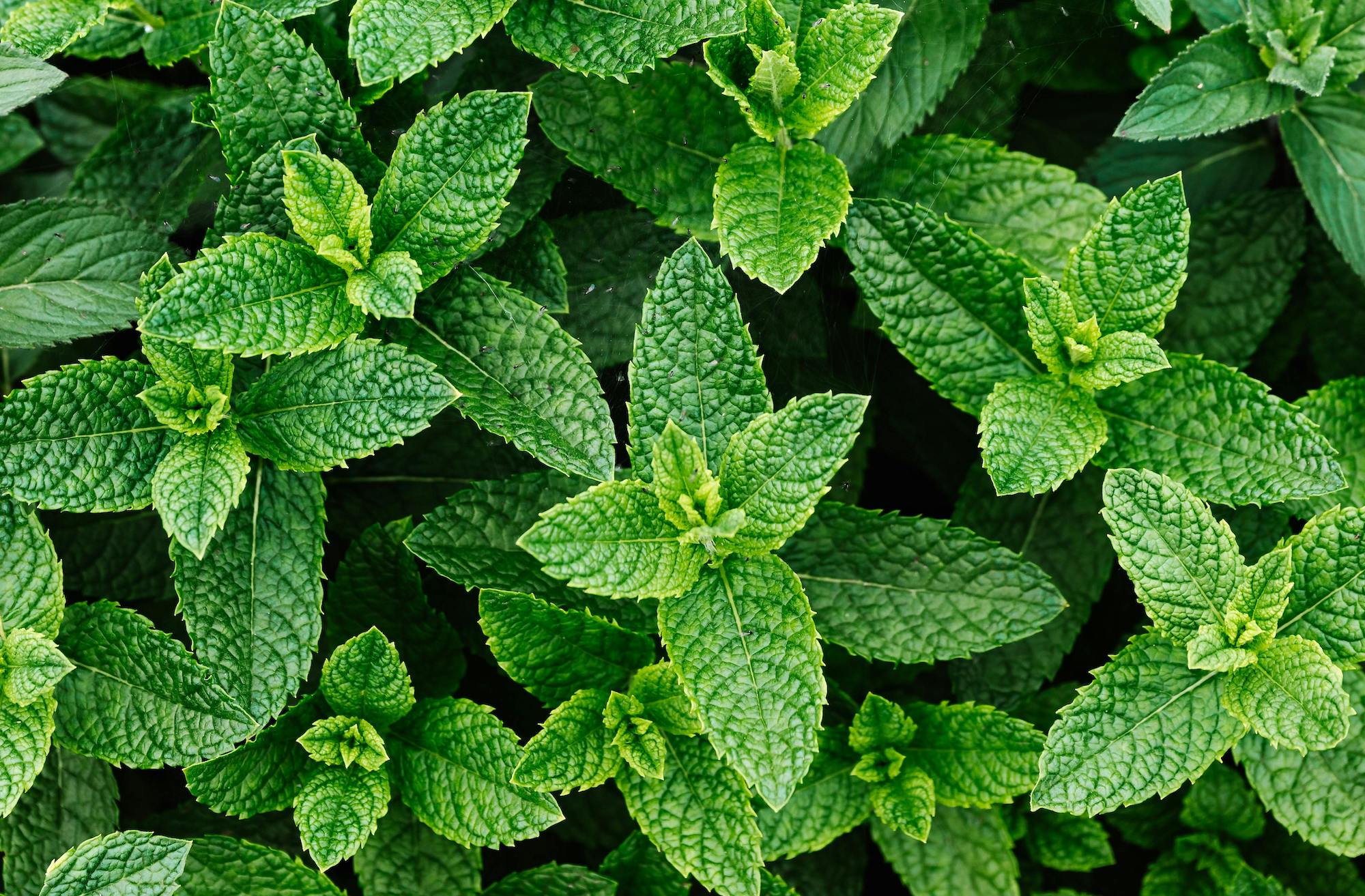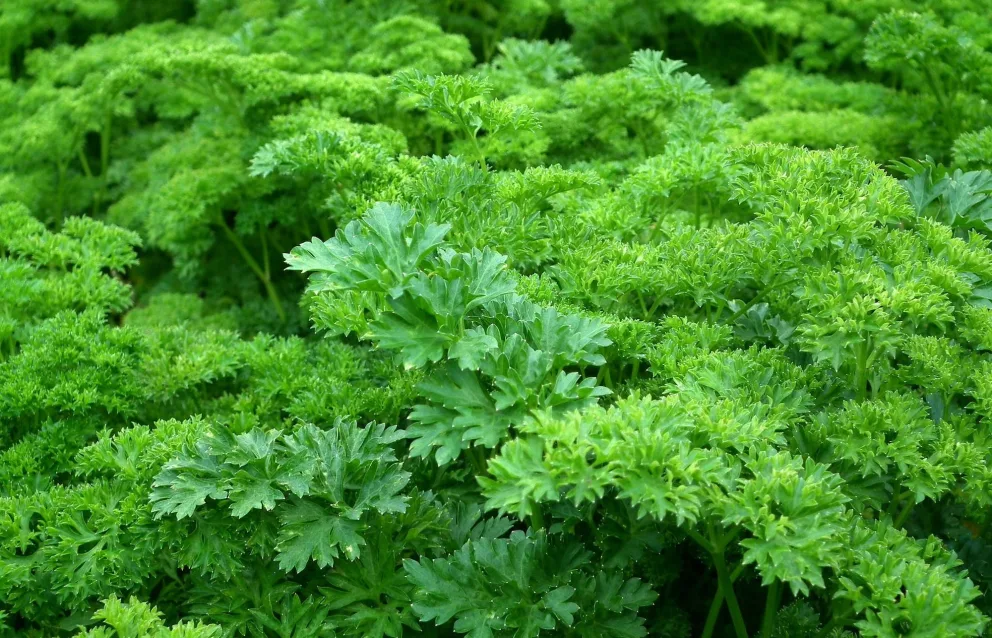
What is Ocimene? Ocimene Effects, Benefits & Strains

Photo by Karolina Grabowska
Ocimene is one of the terpenes commonly found in cannabis. What are terpenes exactly? Terpenes are various chemicals in plants that help keep them alive and give what we observe as their flavors and scents.
Expanding marijuana legalization is leading to more scientific and medical interest in these compounds. Ocimene is proving to have promising potential applications in humans, health, and industry.
The reason each cannabis strain smells subtly different is the plant’s breakdown of different terpenes, cannabinoids, and flavonoids including ocimene.
This also means that each strain can have different potential health benefits. Mostly science has focused on cannabinoids like THC and CBD but terpenes and other compounds are proving to be strong antioxidants, natural antibiotics, and pain relievers.
What is ocimene and what does it do? This post will cover the latest research on ocimene and what it does in cannabis both for flavor and for your health.
Apply for a Medical Marijuana Card Online Today
Join over 100,000 patients who have chosen Green Health Docs as their medical cannabis doctors. We have a 99% approval rate and offer a 100% money back guarantee!
What Is Ocimene?
Ocimene, also referred to as beta-ocimene, is one of the most common terpenes in nature and it shows up in many floral scents that attract pollinators.
Its name comes from the Greek word ocimum, which means basil. The sweet herbaceous smell of basil can be attributed to ocimene while not necessarily its distinct Italian flavor.
Ocimene is also a volatile pheromone important for the social regulation of honeybee colonies and also a chemical that can convey danger in certain plant and insect species.
The complex way ocimene has co-evolved with other plants and insects is what is so fascinating about how terpenes work in nature.
Terpenes like ocimene kick in to provide plants with certain benefits and by consuming these compounds we can absorb some of these benefits. Terpenes can serve different purposes depending on the relationship with the plant they can attract, repel, provide protection and more.
The biological needs of plants can often dictate their terpene levels which will increase to meet those needs. This can play out interestingly in your cannabis strains.
For example, terpenes like ocimene can attract species to eat their fruit to disperse seeds by giving them a delicious flavor or attract pollinators like bees to spread pollen while mimicking how this compound plays out in beehives.
With bees, ocimene is a chemical that helps manage the homeostasis of bee colonies. It is no coincidence plants can also create this chemical to attract them while also scaring off other bugs like aphids. Aphid infestation, if left unchecked, can decimate a plant or its habitat.
Ocimene turns off aphids while turning on bees all as part of its role as a communication chemical but how does it work?
What Does Ocimene Do?
Terpenes all serve biological processes in plant life. They can serve as antioxidants or antifungals and by consuming them we can have health benefits. Terpenes can protect from UV light, decrease the chances of bacteria growth and more.
In the plant kingdom, ocimene serves as an important chemical messenger between plants about threats like pests or competition.
When a plant is attacked by insects or sick, it will synthesize and release ocimene into the air. Nearby plants can detect this ocimene signal and are prompted to start their own biological processes.
This can often trigger surrounding plants to produce their own pest-repelling chemicals or volatile compounds toxic to pests or predators.
Scientists refer to chemicals that offer warnings as “infochemicals.” Ocimene is one of the most common and potent infochemicals in the plant world for communicating danger and prompting defense reactions in plant ecosystems.
By triggering chemical defenses in other plants, pests encounter an increasingly hostile habitat full of toxins wherever they turn. This system allows plants to coordinate group defenses for protection to help aid in their mutual survival. This is all thanks to ocimene sounding its warning alarm.
Ocimene is protective, essentially a plant’s defense mechanism, which is activated to deter pests. Aphid infestation can be highly detrimental to cannabis crops but they will steer clear of strains with higher concentrations of ocimene the same way mosquitos avoid certain oils like citronella.
Ocimene is found in more than just cannabis; it’s pretty common in plants.

Photo by Monicore
What Plants and Food Products Contain Ocimene?
Ocimene is found in a variety of plants, including some herbs and spices used in cooking and even some common flowers. It has a sweet herbaceous flavor that’s found in the following foods and plants:
- Mint
- Basil
- Parsley
- Pepper
- Mango
- Hops
- Orchids
- Kumquats
- Bergamot Oranges
- Lavender
- Tarragon
- Bay Laurel
Again, our interest in terpenes is growing so exact ocimene levels are not widely available for most foods and even some cannabis strains. However, adding any of these highly aromatic foods could potentially increase your ocimene intake.
Over time, as interest increases we are likely to learn more about ocimene and find better sources of this highly beneficial terpene.
Strains High in Ocimene
Ocimene is common and fairly ubiquitous in the plant kingdom but not necessarily found in high concentrations.
Here are some strains with high concentrations of ocimene, bear in mind it’s likely between .7%-4% unlike other terpenes which can be found in higher concentrations in cannabis.
Cannabis strains with higher concentrations of ocimene include:
- Dutch Treat
- Amnesia
- Clementine
- Dream Queen
- Golden Pineapple
- Space Queen
- Golden Goat
- Purple Haze
- Green Crack
- J1
- Strawberry Cough
- Super Lemon Haze
- Golden Lemon OG
- Headband
- Sour Diesel
- Durban Poison
- Jack Herer
- Mandarin Dream
Ocimene Smell
Ocimene does get its name from basil and the smell of ocimene tends to be sweet, citrusy, with herbal essences and floral notes. While it gets its name from basil its distinct scent is only partially due to ocimene, especially its sweet notes.
Ocimene is also found in similar herbs like mint and parsley while also popping up in mangoes, orchids and bergamot. At low levels ocimene has an herbal, spicy influence. But as concentrations increase, lemon and more perfume-like notes can emerge in the scent
Ocimene Taste
The ocimene flavor has sweet herbal notes sometimes described as citrusy or woody. However, its flavor can tend to be a lot less complex than its scent profile. It can simply taste like fruit. It’s found in kumquats, oranges, and mangoes and its sweet fruity flavor that intersects those fruits can give you insight into the distinct ocimene flavor.
How Does Ocimene Make You Feel?
Again, the world of terpenes is still growing in popularity and awareness and as the demand for more insight into terpenes is driving more study. Research is fairly limited but there are reports that ocimene creates relaxing and uplifting feelings.
Remember, besides THC many of these compounds will not make you high. Most of the compounds in cannabis other than THC and compounds that act on CB1 receptors of the endocannabinoid system are non-psychoactive.
However, research into terpenes both when ingested and smelled are leading to greater awareness of how they act on the body. Anecdotal reports suggest ocimene can result in relaxation and uplifting feelings.
By reducing inflammation and pain signaling, ocimene is likely to relieve stress or anxiety as well. Its citrus aroma can also be energizing. However, human trials are still needed to fully understand any specific effects on your mood, temperament, and psychical sensations.

Photo by Pixabay
Ocimene Terpene Benefits
One of the interesting elements of ocimene is that it makes a natural decongestant and expectorant. This may potentially contribute to why you may find yourself coughing with some strains more than others. This also sets it apart from other terpenes.
Considering that the popular over the counter decongestant was found to be ineffective by the FDA, ocimene just might prove to be a great natural alternative.
Ocimene is a natural anti-inflammatory. One study found that compounds high in ocimene could decrease the production of inflammatory compounds created by the immune system. Inflammation is part of the healing process but certain everyday biological factors like pollution and our diet can keep humans in a constant state of inflammation that can contribute to health issues like heart disease, diabetes, and more.
Ocimene has been found to naturally inhibit COX-2 activity which is one of the compounds that creates inflammation and pain.
In addition to being anti-inflammatory, ocimene is also a potent antifungal and a strong antioxidant. Antioxidants help eliminate many of the stressors that cause cell death and degradation. Natural factors like pollution, radiation, and some parts of the average diet can put our cells under oxidative stress.
Antioxidants step in by helping to alleviate the factors that cause this cellular degradation. Ocimene’s antioxidant activity can also help inhibit the enzymes that cause diabetic symptoms and hypertension. Ocimene has also been found to have potential in developing anti-tumor drugs to stop tumor growth.
In addition it’s also been found to be a strong antifungal and antimicrobial. Like in plants, ocimene can tackle potential fungal and microbial infestations which can help human beings avoid certain infections and conditions.
One study found ocimene can inhibit the herpes simplex virus and SARS viruses. This is promising for the treatment of herpes and Covid-19 and potentially any further mutations of those viruses.
Ocimene has also been found to be a potent anticonvulsant which can help prevent seizures and serve as treatment for some brain issues.
Again, further expansion of medical marijuana legislation is leading to greater interest into the potential medical applications of all of these compounds. It’s hopefully leading to a renewed interest in natural plant medicines and a more holistic approach to medicine while also showing the potential for terpene and other phytochemical combinations to treat diseases and medical conditions.
Ocimene Uses
Like many terpenes that have complex nuanced scents, ocimene can be used in fragrances.
If you’ve ever purchased a household cleaning product or air freshener that has an “outdoor” or “woodsy” scent it likely may have ocimene. Its fresh, sweet, herbaceous aroma lends itself to a forestry scent not to be confused with the piney scent of pinene.
This makes it popular for use in fabric softeners, deodorants, hair care products, soaps, and cleaning products. It’s funny to think how many of those artificial scent blends of your favorite products can be complex chemically engineered blends of popular terpenes.
Also, given the in-depth discussion of ocimene ringing the alarm in plants it does serve as a natural pesticide. It can naturally discourage pest growth and can be used to protect plants.
Final Thoughts
Terpenes like ocimene are just the tip of the iceberg in the list of the hundreds of chemicals working synergistically in cannabis to help humans. Hopefully, this newfound interest will lead to a greater biological, medical, and commercial interest in returning to natural solutions to common problems. After all, what’s greener than using what’s already in nature.
Ocimene, while not a heavy hitter in cannabis, still remains a key player and can function in your medical marijuana to provide a whole host of health benefits. If you’d like to explore ocimene and terpenes for yourself consider getting your medical marijuana card.
Green Health Docs makes the process simple, straightforward, with people happy to help you fast track the process.
This simple legal process can give you access to all of the biological potential of these natural marvels while also letting you exercise your right to cannabis which is at the cutting edge of medicine and industry.
 This article has been reviewed by Dr. Anand Dugar, an anesthesiologist, pain medicine physician and the founder of Green Health Docs. Graduating from medical school in 2004 and residency in 2008, Dr. Dugar has been a licensed physician for almost 20 years and has been leading the push for medical cannabis nationwide.
This article has been reviewed by Dr. Anand Dugar, an anesthesiologist, pain medicine physician and the founder of Green Health Docs. Graduating from medical school in 2004 and residency in 2008, Dr. Dugar has been a licensed physician for almost 20 years and has been leading the push for medical cannabis nationwide.
